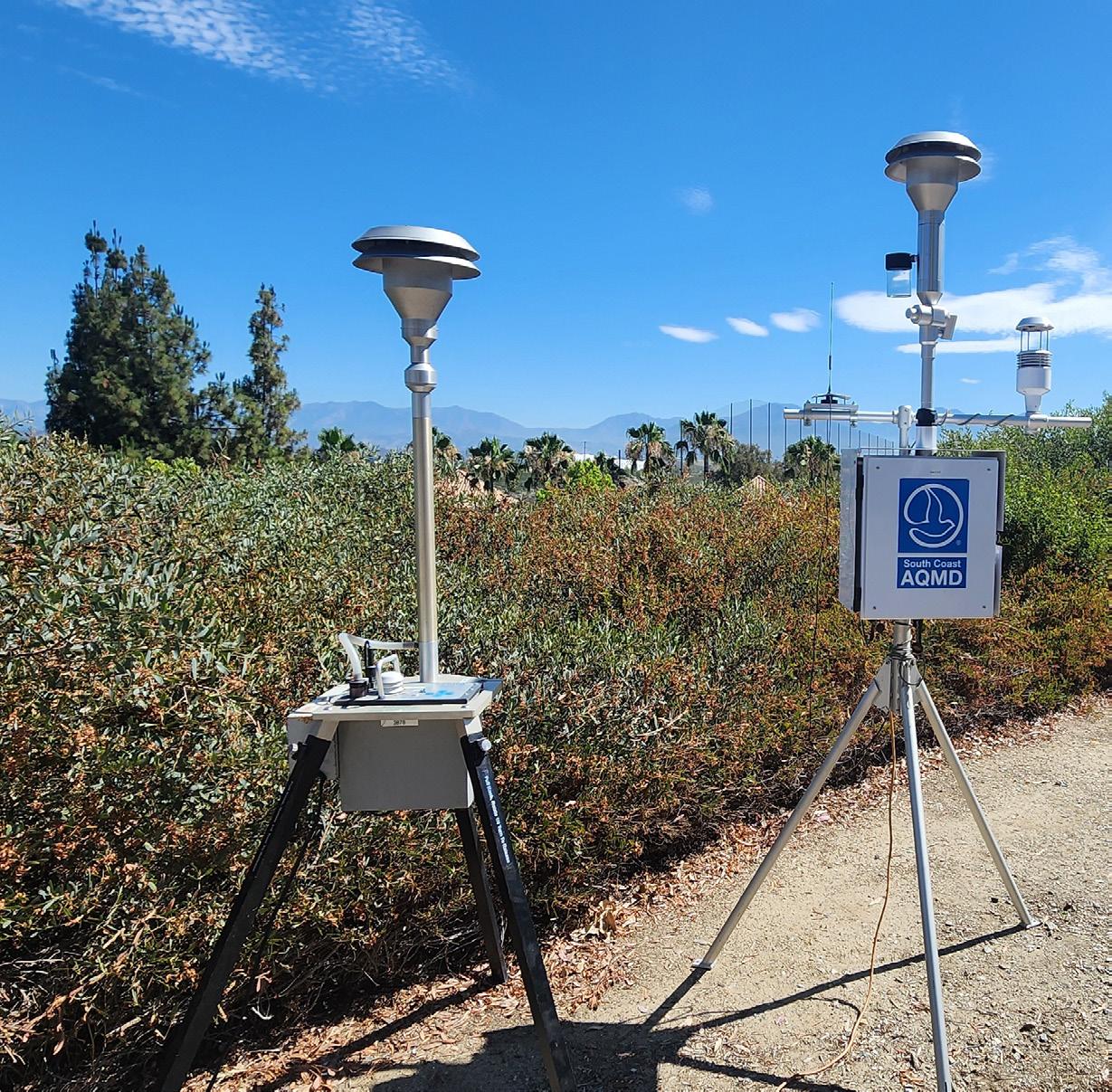

GO ZERO Rebate Program Launching Soon!
South Coast AQMD is preparing to launch its $21 million GO ZERO Pilot Incentive Program to help residents and businesses switch to cleaner, zeroemission heating and cooling technologies. The program offers rebates for energy-efficient heat pump systems, along with workforce training and hands-on support.
Program includes:
• Rebates for heat pump space and water heating in single-family homes, multifamily buildings, and small businesses. (Heat pumps can replace both a furnace and an air conditioner with one efficient appliance.)
• Installer training to support a growing clean energy workforce.
• Application assistance to help participants navigate the process and access additional incentives.
Rebates typically range from $1,000 to $2,000 per heat pump, with higher amounts ($2,000 to $3,000) available for single-family homes in overburdened communities. In fact, 75% of the program’s funding is reserved for overburdened communities, ensuring equitable access to clean technology.
Heat pumps offer a healthier, energy-efficient alternative to conventional gas appliances. Acting as both a heater and air conditioner, they are three to four times more efficient, helping consumers reduce energy use and lower utility bills.
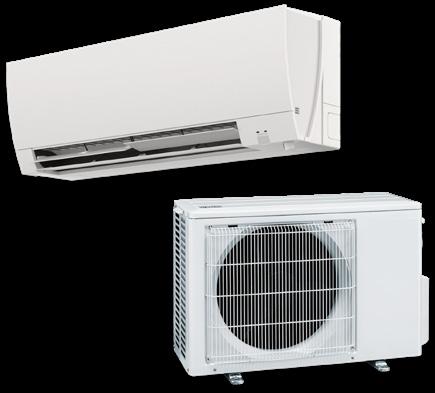
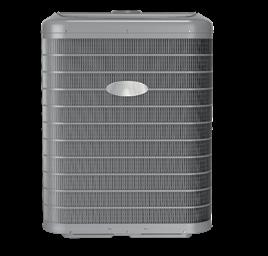
GO ZERO participants may also qualify for additional local, state, and federal incentives, such as those offered through TECH Clean California, which supports heat pump installations in both residential and commercial
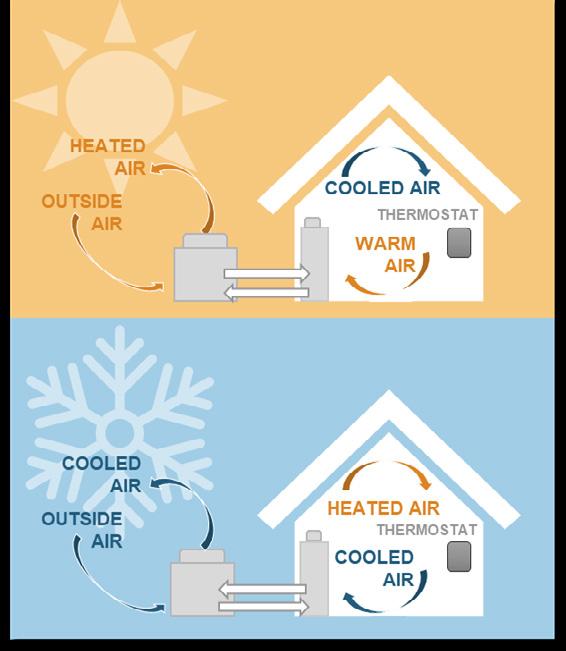
settings. The GO ZERO team can assist with combining these incentives to maximize savings. For more information on other available programs, visit www.aqmd. gov/home/rules-compliance/residential-and-commercialbuilding-appliances/other-incentives.
To stay updated on the GO ZERO incentive program, sign up for South Coast AQMD eNewsletter and check the box for GO ZERO: www.aqmd.gov/sign-up
Learn more about the program at www.aqmd.gov/gozero
Expanded Air Monitoring for LA Wildfires Concludes
South Coast AQMD has concluded its enhanced air monitoring efforts in response to the Los Angeles wildfires that occurred in January 2025. These efforts supported federal, state, and local emergency response activities, including the issuance of Executive Orders to allow the temporary use of emergency standby generators and the provision of technical guidance for cleanup and recovery operations.
Fixed and continuous real-time monitors were strategically deployed and collected data for particulate matter (PM2.5 and PM10), air toxics (such as lead and arsenic), and asbestos in communities near the burn zones.
Since South Coast AQMD’s 19-week expanded air monitoring effort began:
• A total of 5 monitoring sites were deployed.
• A total of 220 asbestos samples were collected
• A total of 215 air toxic metal samples were collected (33 air toxic metals were analyzed per sample).
• A total of 28,588 particulate matter (PM2.5 & PM10) data points were measured.
Monitoring results to date have not shown any levels of concern, even during peak debris removal periods. With the U.S. Army Corps of Engineers having substantially completed debris removal, South Coast AQMD officially concluded its expanded monitoring on July 8, 2025.
Residents in and around the burn areas are still encouraged to follow safety precautions from the Los Angeles County Department of Public Health to minimize potential exposure to ash, soot, and debris, particularly during periods of high winds. Recommended precautions include staying indoors, using air purifiers, and limiting outdoor physical activity when advisories are issued.
All monitoring data is available on the agency’s wildfire data dashboard
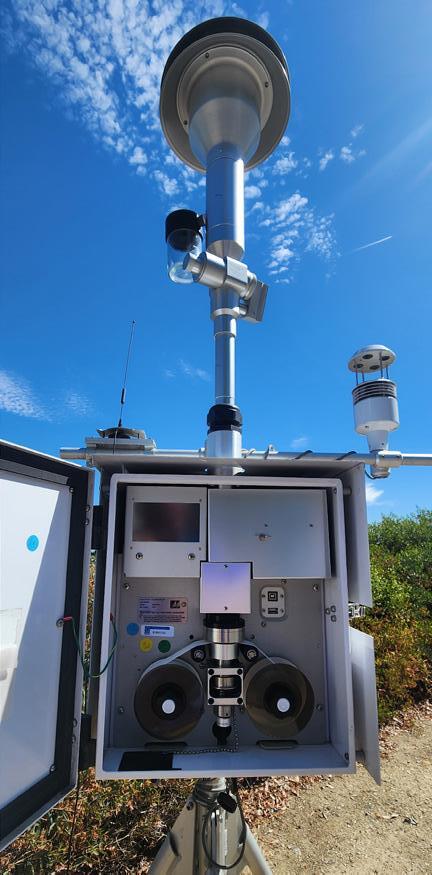
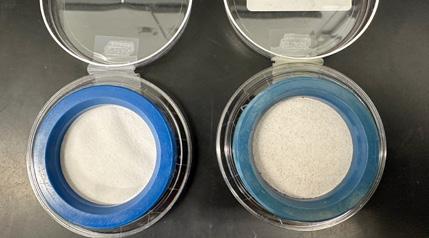

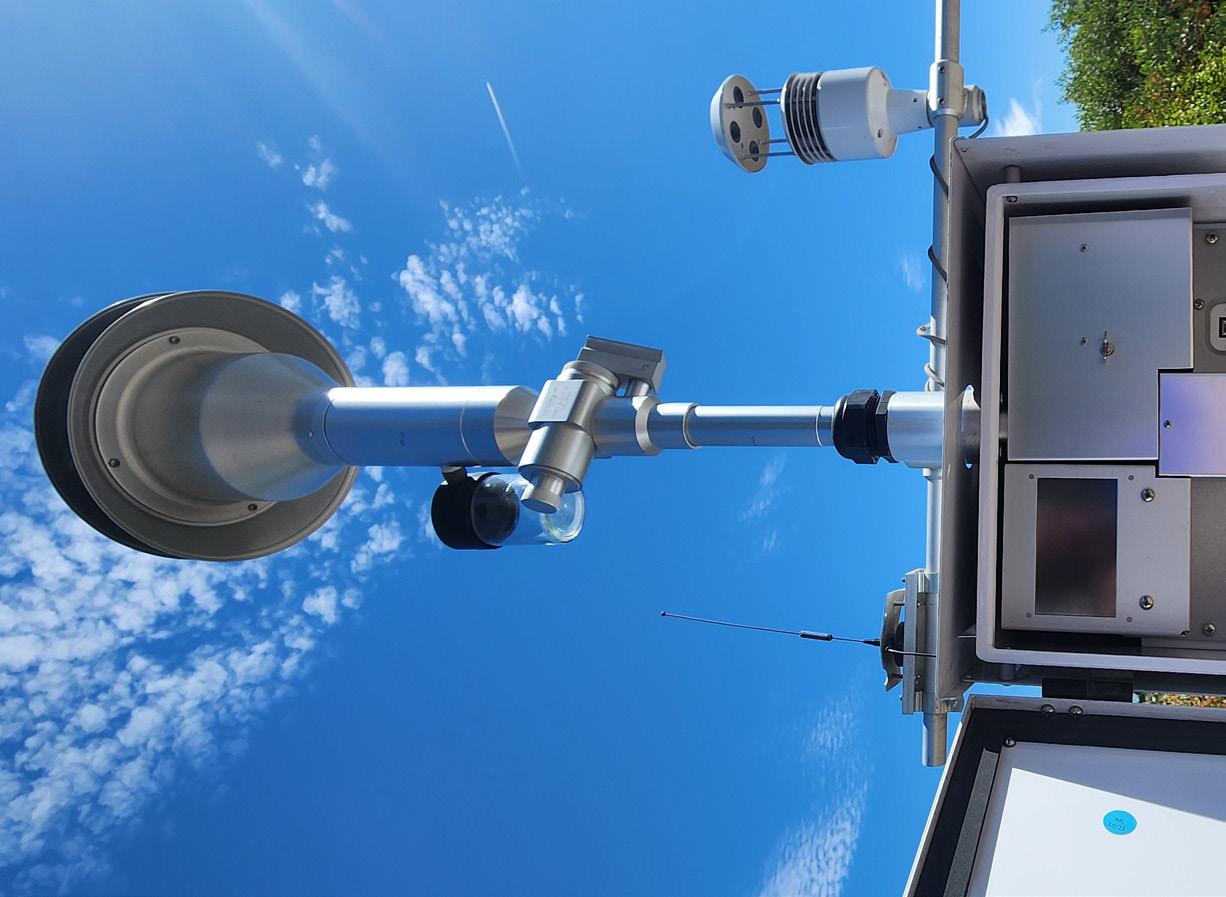
$190 Million Available for Battery-Electric Switcher Locomotives

South Coast AQMD is now accepting applications for its Battery-Electric (BE) Switcher Locomotive Program, part of the INVEST CLEAN initiative - Infrastructure, Vehicles, and Equipment Strategy for Climate, Equity, Air Quality, and National Competitiveness. This $190.8 million funding opportunity supports the deployment of BE switcher locomotives and charging infrastructure across Southern California.
The program is funded through the U.S. EPA’s INVEST CLEAN*, awarded in October 2024, with goals to reduce greenhouse gas emissions, improve air quality, and create an estimated 4,700 high-quality jobs nationwide.
Eligible applicants include locomotive manufacturers in partnership with freight operators or freight operators managing their own switcher fleets. Projects must operate in the Los Angeles–Long Beach–Anaheim and Riverside–San Bernardino–Ontario metropolitan areas, which include Los Angeles, Orange, Riverside and San Bernardino counties. Each locomotive must demonstrate at least 425 megawatthours of battery-electric operation annually, with preference given to projects located near sensitive receptors such as homes, schools, and hospitals.
When fully implemented, the BE Switcher Locomotive Measure is projected to deliver significant air quality improvements, including annual reductions of 258 tons of nitrogen oxides (NOx), 9 tons of fine particulate matter (PM2.5), and 10 tons of diesel particulate matter (DPM). Additionally, the INVEST CLEAN initiative is expected to reduce 42,476 metric tons of carbon dioxide equivalent (CO2e) between 2025 and 2030. These efforts mark an important step toward modernizing the goods movement sector and advancing clean air goals in communities near freight rail corridors.
Funding is expected to support up to 18 battery-electric locomotives , with average award amounts of approximately $10 million per locomotive project. Proposals are due by September 30, 2025, with implementation through September 2028.
For full program details, visit www.aqmd.gov/investclean.
* This project has been funded wholly or in part by the U.S. EPA under assistance agreement #5E97T15501 to South Coast Air Quality Management District. The contents of this document do not necessarily reflect the views and policies of the U.S. EPA , nor does the U.S. EPA endorse trade names or recommend the use of commercial products mentioned in this document, as well as any images, video, text, or other content created by generative artificial intelligence tools, nor does any such content necessarily reflect the views and policies of the U.S. EPA.
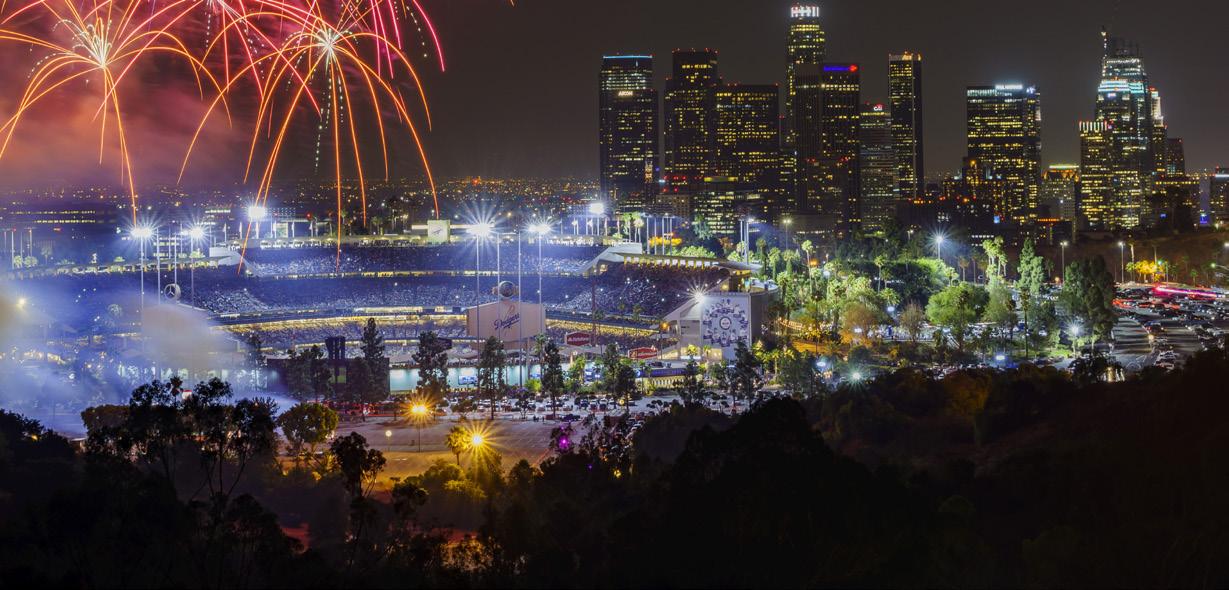
4th of July Fireworks Led to Elevated PM2.5 Levels
The Fourth of July once again ranked among the worst air quality days of the year nationwide. South Coast AQMD recorded elevated levels of fine particulate matter (PM 2.5) throughout South Coast Air Basin on the evening of July 4th through the early afternoon of July 5th. In some areas, the Air Quality Index (AQI) reached the “Hazardous” category, indicating the highest level of health risk.
This year, the average PM2.5 levels in the South Coast Air Basin were the sixth highest for Independence Day in the past decade. Monitors in the Los Angeles region and western Inland Empire detected air quality at Unhealthy to Hazardous levels, with the highest concentration recorded in Los Angeles.
These findings follow a consistent upward trend of air pollution from Fourth of July celebrations over the past 15 years, largely driven by commercial and backyard fireworks use. Personal “backyard” fireworks, despite being illegal in Los Angeles County, are large contributors to localized pollution spikes in the region.
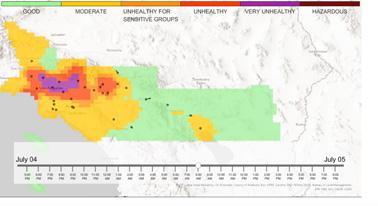
Fireworks are known to emit high levels of PM2.5 and PM10 as well as metal air pollutants, all of which can contribute to negative health effects. Breathing high levels of fine particulate matter can lead to a wide variety of cardiovascular and respiratory health effects such as heart attacks, asthma aggravation, decreased lung function, coughing and difficulty breathing.
During periods of poor air quality, residents can reduce how much pollution they are breathing by keeping outdoor activities brief and avoiding vigorous physical activity. Air conditioning with a filter and/or an air purifier can also help reduce indoor pollution levels. Residents can check their outdoor air quality with the South Coast AQMD app or at www.aqmd.gov
Chiquita Canyon Update - Landfill Ordered to Take Stronger Action
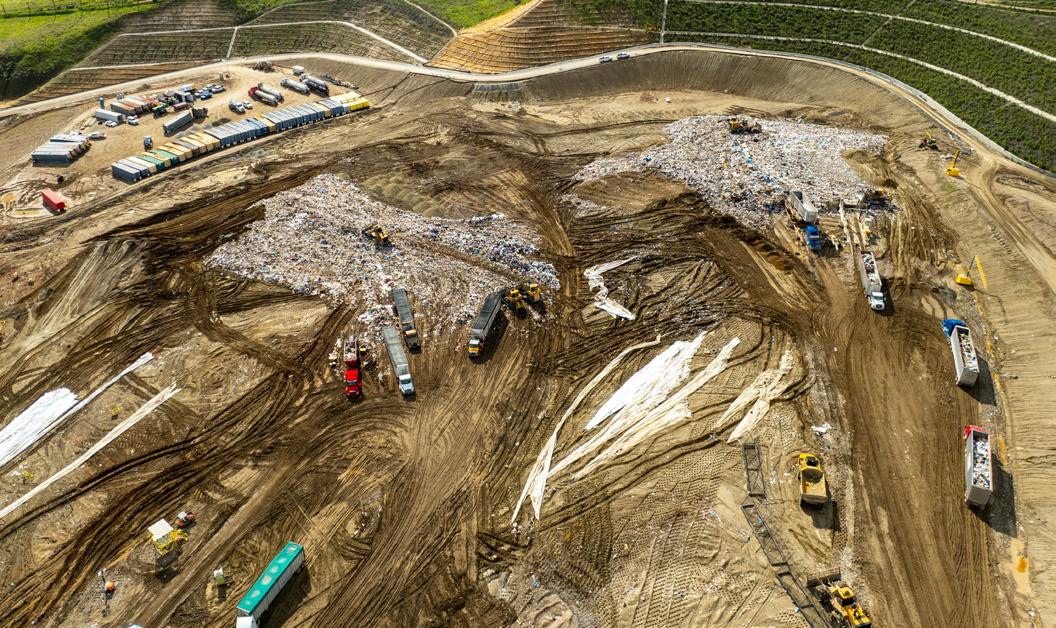
In response to continued odor complaints from nearby communities, the South Coast AQMD Hearing Board amended an Order for Abatement requiring Chiquita Canyon Landfill to implement stronger mitigation measures to control odors and protect public health.
The amended abatement order mandates several innovative and enhanced practices, including:
• Remote Gas System Monitoring: Expansion of the landfill’s remote monitoring system to detect landfill gas emissions, with real-time data sent to South Coast AQMD, as well as reporting on corrective actions taken.
• Drone-Based Methane Inspections: Use of drone technology equipped with methane sensors to inspect the Reaction Area weekly and the entire landfill monthly. This method improves detection in hard-to-access areas and allows for faster identification of emission hotspots.
Daily Cover Inspections and Repair: Daily inspections of the Reaction Area to identify and repair tears or damage in the landfill cover. Repairs must use higher-quality cover material to reduce future tears and emissions.
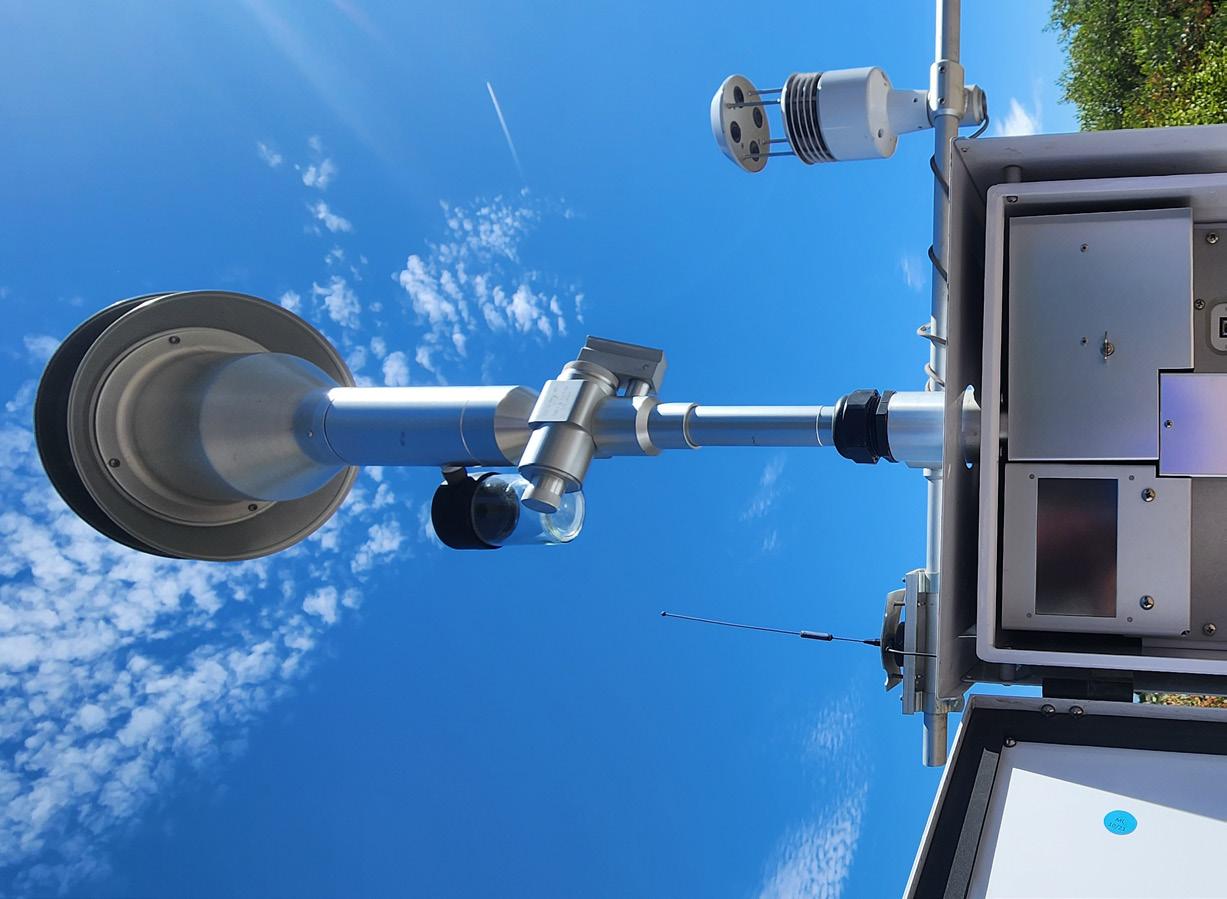
Since January 2023, South Coast AQMD has received more than 30,000 odor complaints from nearby residents and has issued approximately 355 Notices of Violation to Chiquita Canyon Landfill for violations of Rule 402 and California Health & Safety Code.
Located in Castaic, Chiquita Canyon Landfill ceased accepting waste after the Los Angeles Regional Water Quality Control Board denied the landfill’s request to open a new cell for disposal. This denial was based, in part, on an ongoing underground chemical reaction, which continues to raise health concerns in nearby communities.
To read the full press release, visit South Coast AQMD’s news archive.

Chiquita Landfill Ordered to Take Stronger Actions to Reduce Odors
Act for Air: Celebrate Clean Air Month this September!
September 7: International Day of Clean Air for Blue Skies
Established by the United Nations in 2020, this observance calls to combat air pollution, which affects 99% of the global population. It calls on individuals, governments, and industries worldwide to take action and work together to establish clean air for all. For more information, visit www.un.org/en/observances/clean-air-day.
September 22: World Car Free Day
Celebrating its 25th anniversary, World Car Free Day brings awareness to the consequences of vehicle emissions on the environment and encourages us to take advantage of cleaner alternatives like walking, biking, and public transit. To learn more, visit www.careourearth.com/world-car-freeday/
September 12 – October 12: National Drive Electric Month
National Drive Electric Month encourages the adoption of all-electric and plug-in hybrid vehicles. Throughout the month, events are held throughout the country to raise awareness of the environmental and financial benefits of EVs, including vehicle showcases, test drive opportunities,
and educational webinars. For anyone interested in purchasing an EV vehicle or learning more, find event near you at www.driveelectricweek.org
October 1: Eighth Annual California Clean Air Day
The Coalition for Clean Air’s 8th annual #CleanAirDayCA encourages individuals and organizations to acknowledge their contribution to pollution and take at least one action to support clean air. Activities include Clean Air Fairs, company pledges, community composting, and more. Community partners like Metro have offered free clean transit services in support. To take the Clean Air Day pledge and find ways to become involved, visit www.cleanairday.org.
October 8: National Walk & Roll to School Day
This community-focused event encourages students and families to walk, bike, or roll to school instead of driving. The intention is to promote physical activity, reduce vehicle pollution, and enhance neighborhood connection. To find or organize an event near you, visit www.walkbiketoschool.org
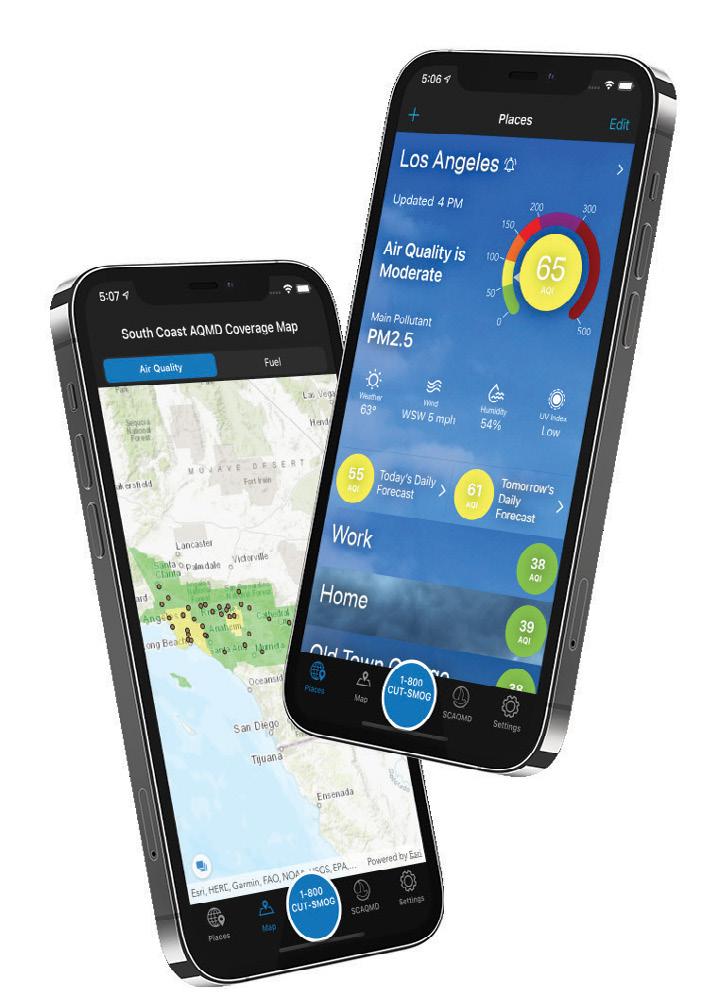
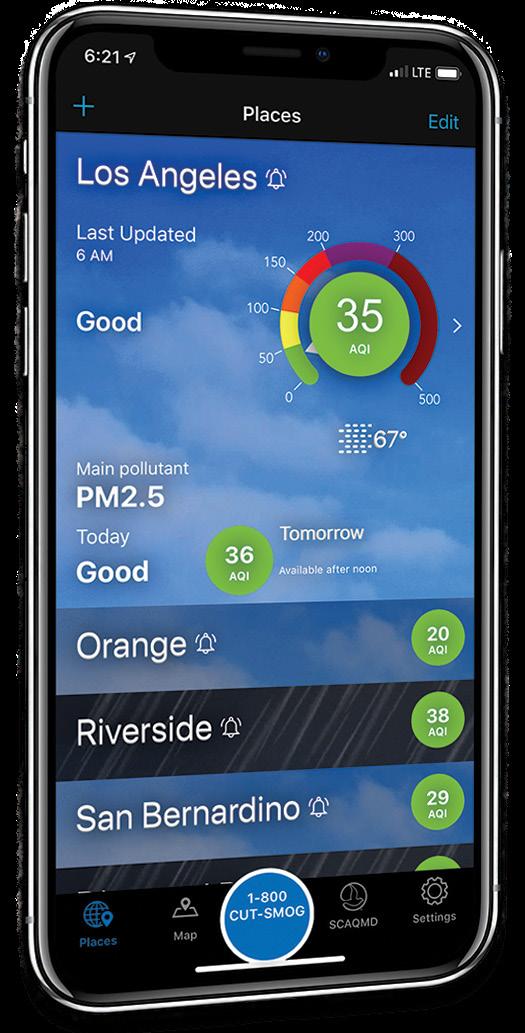


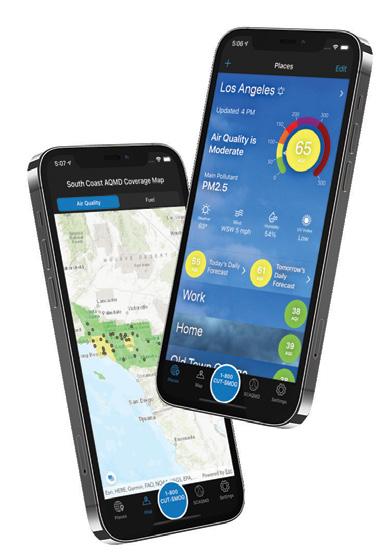





Clean Air Education Programs Return for the New School Year
School is back in session, and so are South Coast AQMD’s free signature clean air education programs! Registration is now open for the Why Healthy Air Matters (WHAM) program and the Clean Air Program for Elementary Students (CAPES). Designed by South Coast AQMD and aligned with current K–12 science standards, these programs offer students an engaging opportunity to learn about air pollution and how they can play a role in protecting public health and the environment.
Through WHAM and CAPES, students will explore the science behind air quality, hear directly from air quality professionals, and participate in hands-on activities that build awareness and inspire action. Both programs are offered completely free of charge to educators.
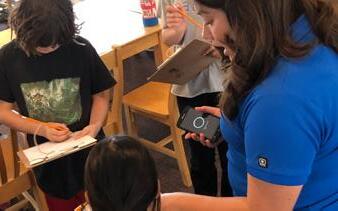
Participating teachers will receive:
• Access to comprehensive lesson plans
• Educational videos
• Experiment kits* with all necessary materials for each activity
Join us in empowering the next generation of clean air champions!
For more information, please contact us at: capesinfo@aqmd.gov wham@aqmd.gov (909) 396-2420
*Subject to availability. Early registration is encouraged to reserve materials.
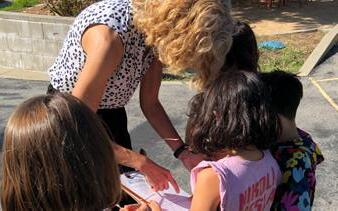
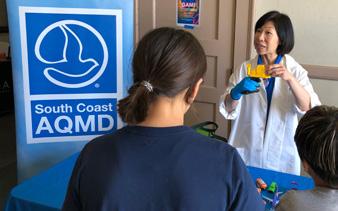
South Coast AQMD Welcomes Summer Governing Board Interns

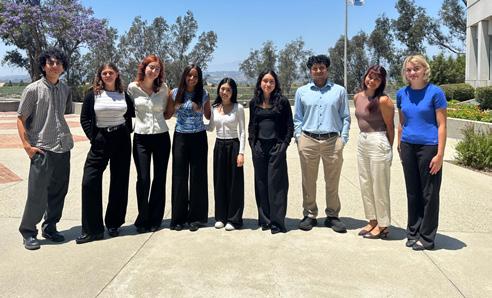
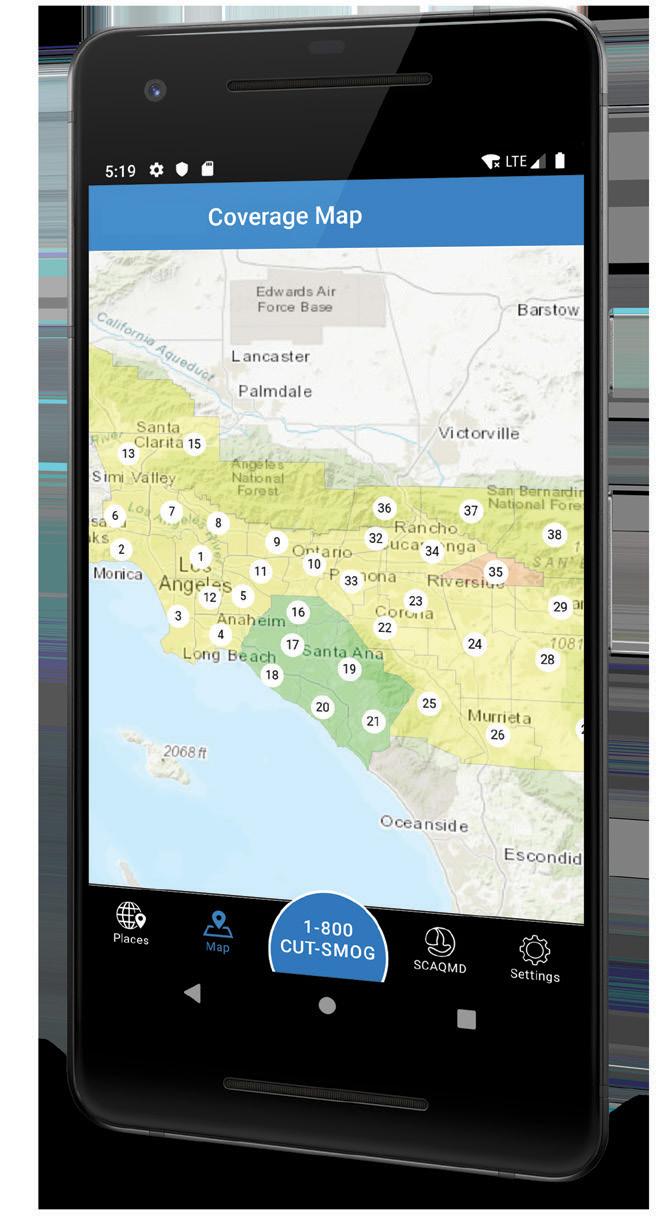


AB 617 Update
AB 617 is a community-based program that brings together residents, local businesses, health and environmental organizations, government agencies, and other stakeholders to form Community Steering Committees (CSCs). These CSCs work together to develop and implement plans to help reduce air pollution in communities. These plans are known as Community Emission Reduction Plans (CERPs) and Community Air Monitoring Plans (CAMPs). CERPs focus on community-identified air quality priorities while CAMPs provide localized strategies for air quality monitoring. All six communities within South Coast AQMD’s jurisdiction are currently in the implementation phase of the CERP and CAMP plans.
South Coast AQMD continues to hold quarterly meetings with CSC members and co-lead organizations to provide updates on the progress of plan implementation and has begun discussions with consistently nominated communities who have not received AB 617 funds.
Post Year 5 Transition
In addition to the quarterly CSC meetings, South Coast AQMD held a series of monthly meetings from January to June with CSC members and community stakeholders across all six AB 617 communities to gather feedback and ideas on the program’s transition beyond its fifth year, while continuing efforts to complete the CERPs.
2nd Annual AB 617 Community Engagement Event
South Coast AQMD will be hosting the 2nd Annual AB 617 Community Engagement Event on Saturday, October 25, 2025. The event will highlight the power of community collaboration through meaningful conversations on current events and their impact on air quality. It will provide an inclusive and inspiring space for CSC members as well as representatives from consistently nominated communities to connect across regions, exchange insights, and share strategies. For those unable to attend in person, the event will also be livestreamed.
For more information on the AB 617 Program or meeting schedules, visit www.aqmd.gov/ab617.
Upcoming AB 617 Community Meetings:
• Southeast Los Angeles (SELA) –August 14 & October 30, 4-6 p.m.
• East Los Angeles, Boyle Heights, West Commerce (ELABHWC) –August 28 & November 6, 4-6 p.m.
• South Los Angeles (SLA) –September 11 & November 12, 4-6 p.m.
• San Bernardino, Muscoy (SBM) –October 16, 6-8 p.m.
• Eastern Coachella Valley (ECV) –October 9, 5-7 p.m.
• Wilmington, Carson, West Long Beach (WCWLB) –May 15 & September 25, 2-4 p.m.
• 2nd Annual AB 617 Community Engagement Event – October 25 (TBD
DURING A WILDFIRE –PROTECT YOURSELF
If you smell smoke or see ash due to a wildfire, here are ways to limit your exposure.
Remain indoors with windows and doors closed or seek alternate shelter.
Avoid vigorous physical activity.
Avoid using a whole-house fan or a swamp cooler with an outside air intake.
DURING A WILDFIRE
Run your A/C if you have one, change your filter often (MERV 13 +), or run a portable HEPA purifier.
BEFORE A WILDFIRE –BE PREPARED
Get ready for wildfire smoke events by planning ahead! Here’s what you can do to prepare:
AFTER A WILDFIRE –SAFE CLEAN-UP
When cleaning up ash:
If you must be outdoors in smoky conditions, keep it brief, and use a disposable respirator (N-95 or P-100).
Avoid using indoor or outdoor wood-burning appliances, including fireplaces, and combustion sources like candles and incense.
BEFORE A WILDFIRE-BE PREPARED
YOUR AIR QUALITY:
Download the South Coast AQMD app and sign up for alerts at www.AirAlerts.org. Download the AQMD Mobile App at www.aqmd.gov/mobileapp
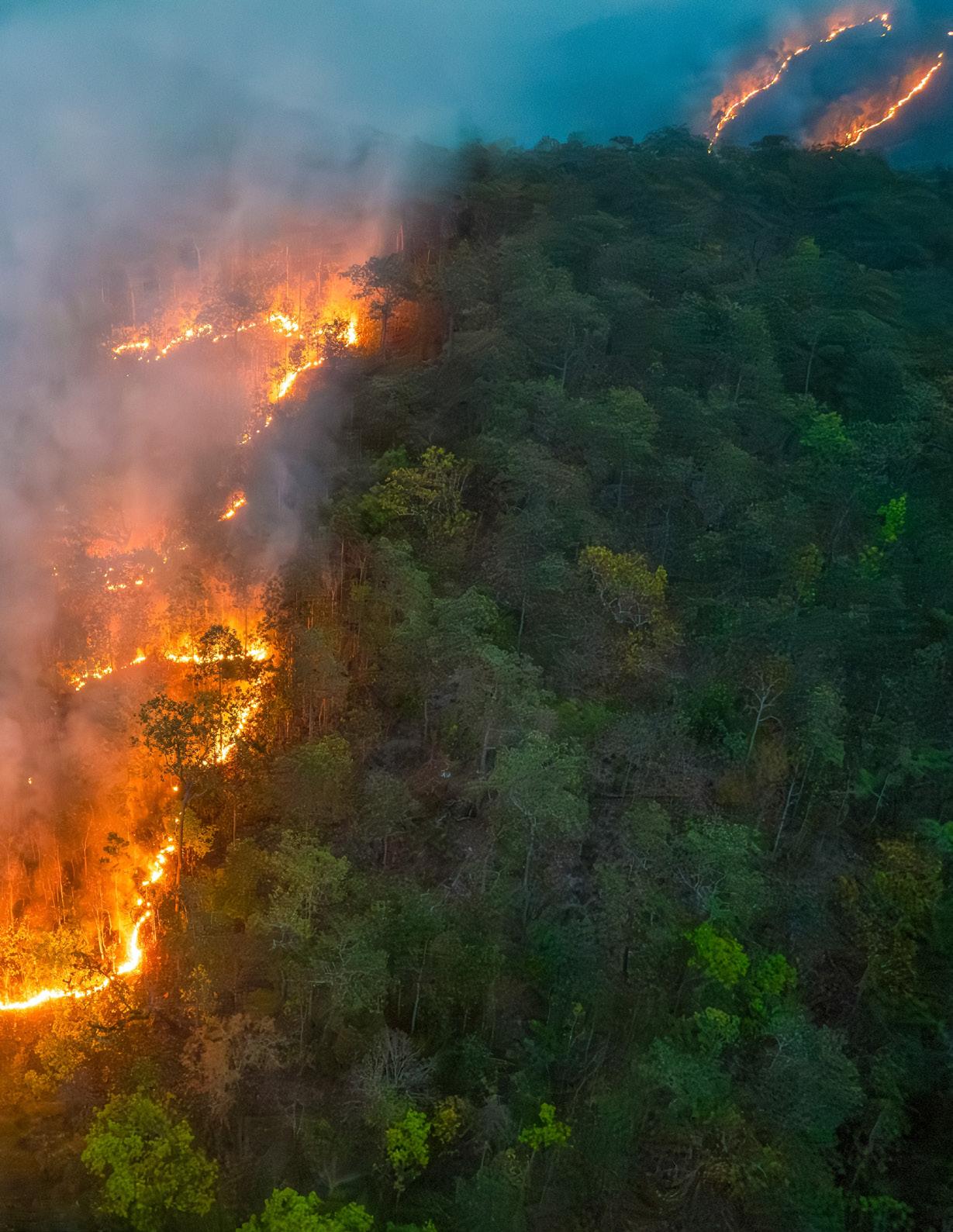
If you have an A/C system, change your filter often (MERV 13 +), or run a portable HEPA purifier. Have a few disposable respirators available (i.e. N-95 or P-100).
AFTER A WILDFIRE – SAFE WHEN
AFTER A WILDFIRE – SAFE CLEAN-UP
WHEN CLEANING UP ASH:
Wear a tight-fitting disposable respirator (N-95 or P-100).
If you have heart or lung disease (such as asthma), consult your doctor to make a plan and keep 5+ days of medication on hand.
Mist lightly with water and then sweep gently with a broom or wet mop.
Wear goggles, gloves, long-sleeved shirts, long pants, shoes and socks to avoid skin contact.
If you plan to use a generator during a public safety power shutoff, never use it inside your home. Make sure it’s at least 20 ft away from your house outdoors.
AFTER A WILDFIRE – SAFE CLEAN-UP WHEN CLEANING UP ASH:
AFTER A WILDFIRE – SAFE CLEAN-UP WHEN CLEANING UP ASH:
Wear a tight-fitting disposable respirator (N-95 or P-100).
Wear a tight-fitting disposable respirator (N-95 or P-100).
Mist lightly with water and then sweep gently with a broom or wet mop. Wash off ash from vehicles and outdoor toys.
Mist lightly with water and then sweep gently with a broom or wet mop.
Wear goggles, gloves, long-sleeved shirts, long pants, shoes and socks to avoid skin contact.
Wear goggles, gloves, long-sleeved shirts, long pants, shoes and socks to avoid skin contact.
Direct
Collect ash into a plastic bag and dispose in the regular trash.
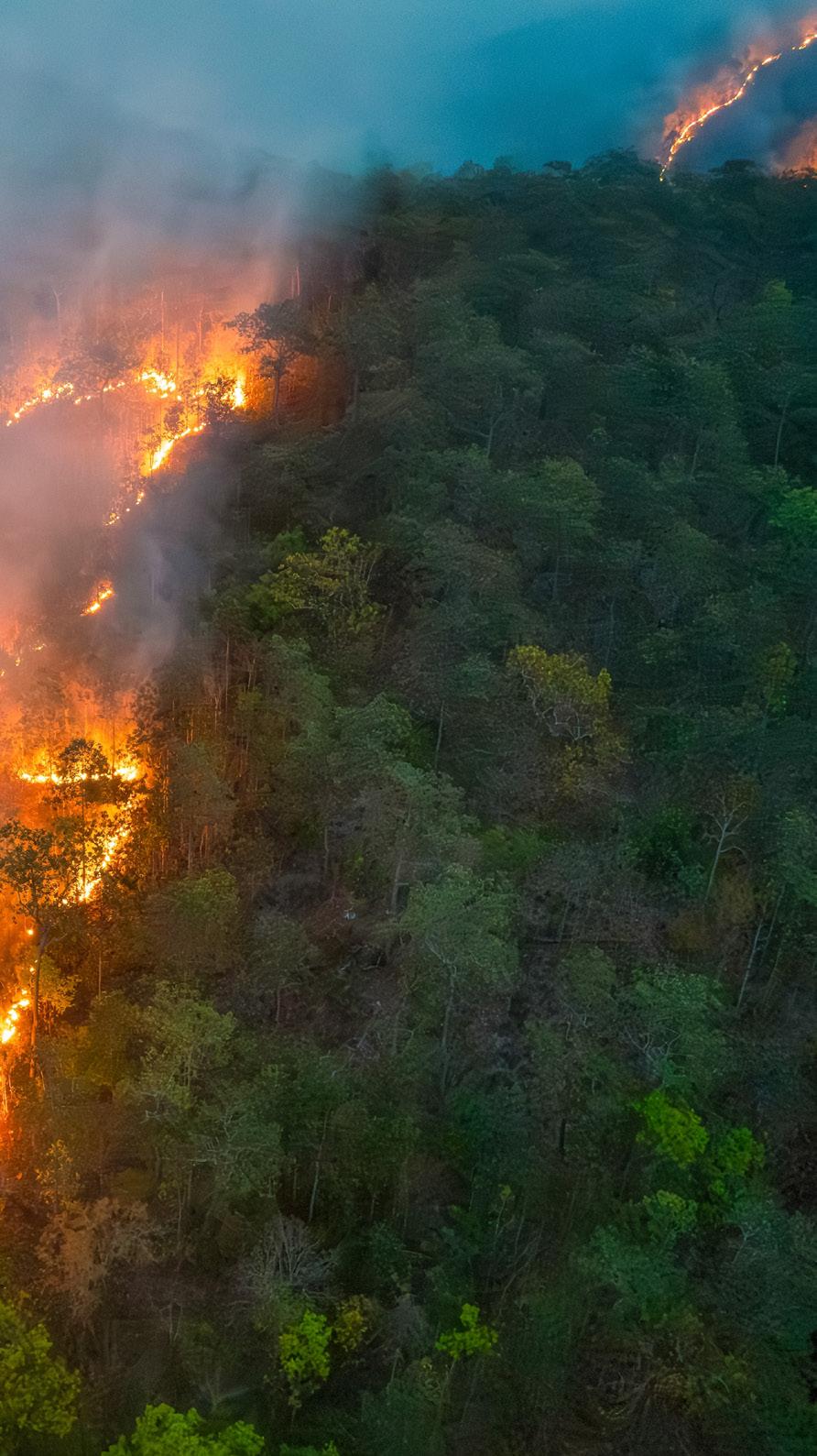
Wash off ash from vehicles and outdoor toys.
Collect ash into a plastic bag and dispose in the regular trash.
Inside your home, use a vacuum with a
Direct ash-filled water to ground areas and away from the storm drains.
filter or similar industrial ones with disposable collection filter bags.
Don’t use leaf blowers!
Collect ash into a plastic bag and dispose in the regular trash.
Inside your home, use a vacuum with a HEPA filter or similar industrial ones with disposable collection filter bags.
Inside your home, use a vacuum with a HEPA filter or similar industrial ones with disposable collection filter bags.
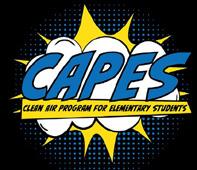
AIR QUALITY WORD SEARCH
Find the following words in the puzzle below. Words are hidden and , , .
REDUCE REUSE
RECYCLE
AIR POLLUTION
AIR QUALITY CHEMIST
INSPECTOR
STATIONARY SOURCE
MOBILE SOURCE
METEOROLOGIST
Reduce: To decrease the amount of waste we create and use items more than once.
Reuse: The act of taking old items that you might consider throwing away and finding a new use for them.
Recycle: The process of collecting and processing materials that would otherwise be thrown away as trash and turning them into new products.
Air Pollution: a complex mixture of gases and small particles in the air that can be harmful to the health of humans, animals, and plants.
Air Quality: a measure of how clean or polluted the air is.
Chemist: An air quality chemist takes a sample of air and tests it to make sure it is at a healthy level.
Inspector: An air quality inspector looks at sources of air pollution to make sure air quality rules are followed.
Meteorologist: An air quality meteorologist studies local weather patterns and tracks air pollution.
Stationary Source: A source of air pollution that stays in one place and does not move like a gas station.
Mobile Source: A source of air pollution that moves or travels like a heavy-duty truck.
Rule Update
The following proposed amended rules and regulations are tentatively scheduled for hearings at upcoming Governing Board meetings in 2025. To verify whether scheduling changes have occurred, visit South Coast AQMD’s website at www.aqmd.gov/home/ news-events/meeting-agendas-minutes, check the Rule and Control Measure Forecast item on the most recent Governing Board meeting agenda, or call the Clerk of the Board’s Office at (909) 396-2500. Copies of South Coast AQMD rules and regulations can be downloaded from the website at www.aqmd.gov/home/rules-compliance/rules/ scaqmd-rule-book or obtained from the Public Information Center at (909) 396-2039.
AUGUST
PAR 462: Organic Liquid Loading
Will incorporate the use of advanced techniques to detect fugitive emissions and vapor leaks. Other amendments needed to streamline the implementation and add clarity.
Contact: Mike Morris at mmorris@aqmd.gov or (909) 396-3282
SEPTEMBER
PAR 223: Emission Reduction Permits for Large Confined Animal Facilities
Will lower the applicability threshold that would require best management measures based on U.S. EPA’s Most Stringent Measure requirement. Proposed amendments will implement BCM-04 in the 2016 AQMP
Contact: Kalam Cheung at kcheung@aqmd.gov or (909) 396-3281.
PAR 445: Wood Burning Devices
Will address U.S. EPA requirements for Most Stringent Measures, including lowering the curtailment threshold, and remove an exemption from No Burn days.
Contact: Kalam Cheung at kcheung@aqmd.gov or (909) 396-3281.
PAR 1133 Series: Composting, Chipping and Grinding, and Related Operations
Will address U.S. EPA’s Most Stringent Measure requirement, including requirements for uncomposed greenwaste for direct land application, and other best management practices.
Contact: Mike Morris at mmorris@aqmd.gov or (909) 396-3282
PAR 1138: Control of Emissions from Restaurant Operations
Will address U.S. EPA’s Most Stringent Measure requirements to be no less stringent than other air districts by lowering the exemption threshold for chaindriven charbroilers.
Contact: Elaine Shen at eshen@aqmd.gov or (909) 396-2715

Upcoming Rule Compliance Promotion Classes
Classes are conducted online via Zoom. Preregistration is required. Class schedules are subject to change.
Rule 403 – Dust Control in the South Coast Air Basin Training
• Every third Wednesday of the month, January through November.
This half-day course is held from 9:00 a.m. to 11:30 a.m. There is no fee.
Visit http://www.aqmd.gov/home/programs/ business/training-403-403-1-fugitive-dust. To register, e-mail dustcontrol@aqmd.gov or fax request to (909) 396-2608.
Rule 403 & 403.1 – Dust Control in the Coachella Valley Training
• Every third Thursday of the month, January through November, 1:00 p.m. to 3:30 p.m. There is no fee.
Visit http://www.aqmd.gov/home/programs/ business/training-403-403-1-fugitive-dust for class and registration information. To register, email dustcontrol@aqmd.gov
Rule 461 – Gasoline Transfer and Dispensing
Training
• Daily Maintenance Inspection – Registration Fee: $210.65
Wednesday, October 1, 2025
• Periodic Compliance Inspection – Registration Fee: $230.53
Wednesday, October 8, 2025
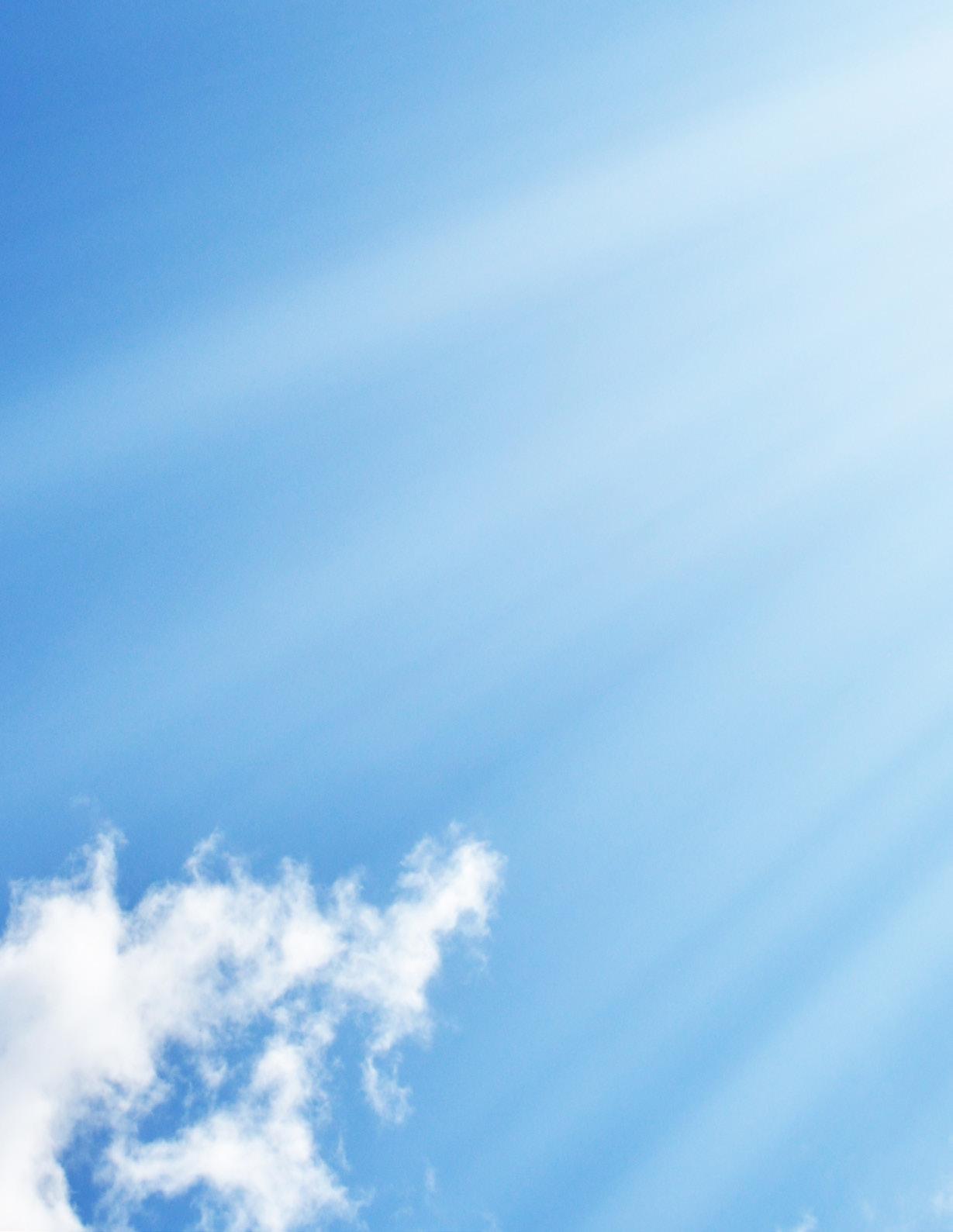
• Vapor Recovery System Tester Orientation –Registration Fee: $219.17
Wednesday, August 6, 2025
Wednesday, October 15, 2025
Visit https://www.aqmd.gov/home/rulescompliance/compliance/gasoline-dispensing2/ rule-461-classes for class and registration information. Call Rule 461 Assistance at (909) 3963546 or email Rule461assistance@aqmd.gov for more information.
Rule 1403 – Asbestos Demolition and Renovation Compliance Training
• August 13, 2025
• October 8, 2025
• December 10, 2025
This half-day class starts promptly at 8:00 a.m. and will be conducted in person at Diamond Bar HQ. The fee is $114.63 per person, except as noted. Visit http://www.aqmd.gov/home/programs/ business/training-1403-asbestos-demolition to register or call the Asbestos Hotline at (909) 3962336 for more information.
Rule 1469 – Hexavalent Chromium Training Certification
• No classes will be held in 2025. Classes will be offered in 2026
Visit http://www.aqmd.gov/home/programs/ business/training-1469-hexavalentchromium or call (909) 396-2338 for more information.
Rule 2202 - Employee Transportation Coordinator (ETC) Training
• August 5 and 7, 2025
• September 9 and 11, 2025
• October 7 and 9, 2025
• November 4 and 6, 2025
• December 9 and 11, 2025
Each class is two days in length (Tuesday and Thursday). Classes are held from 9:00 a.m. to 11:30 a.m. Registration fee is $230.88 per person. Enrollment is limited. Early registration is recommended.
For more information, contact the ETC Coordinator at (909) 396-2777, or visit http://www.aqmd. gov/home/programs/business/training-2202etc To register, e-mail etctraining@aqmd.gov or call (909) 396-2777.
